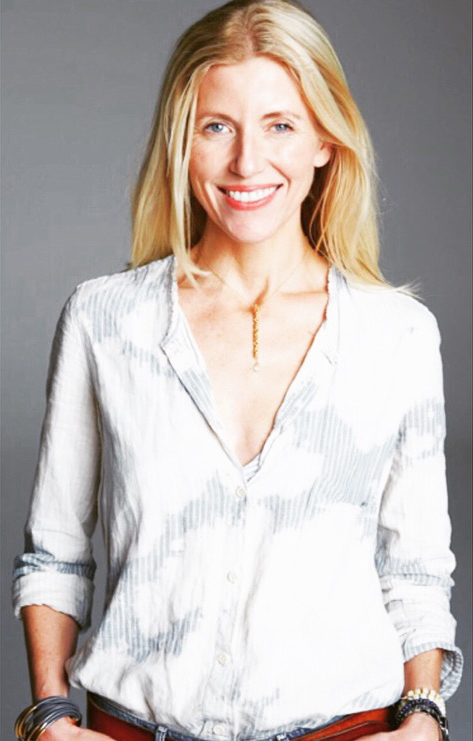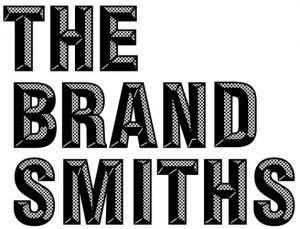
At the root of most anxiety is the unknown. I’m feeling a lot of this lately.
What if… ?
Then what?
And why?
Our ability to cope with what is not yet known ends up defining so much of who we are, how we behave, the decisions we make, and how we impact those around us.
Chronic worriers tend to operate with fear — and (think they) can control it through intense relationships to time, scheduling, details or even schadenfreude.
Other types think in terms of the worst-case scenario. A nagging pain becomes a terminal disease, a bad month turns into a prediction of a bad year, an unreturned call appears like an omen of disinterest/failure/rejection.
But low-grade anxiety is something that operates at a different frequency, is easier to mask, and is universal. It often feels like a shadow lurking nearby. We keep it at bay with plenty of distractions — staying busy being at the top of the list, followed by addictions across a wide spectrum, from alcohol to sex, shopping, exercise, parenting or health. Anything that creates an environment where the shadow can remain nameless qualifies. This is how much we avoid the realm of the unknown.
Technology lets us know a lot about the future – from impending weather to DNA – and allows us to mitigate what we can. But we still can’t predict the majority of things that would really matter, beyond right now. That’s a fragile feeling.
This blog was written three years ago. All of my writings are inspired by the observations I have at any given time. I don’t know what it was that inspired this post, at that time – but I don’t think it matters. Why? Because uncertainty is nothing new – it’s just that it has an illusory quality, so it can appear that way. We are always living with terms we don’t know, timelines we can’t see and weaknesses that have yet to be revealed. The illusion is that we have control. But, in moments like this, we get a clearer picture of what we can (and should) control, and most definitely what we can’t.
So maybe the real measure of success is our ability to expand our capacity for uncertainty, and through that exercise, be more comfortable in the unknowable.
Considering the state of the world, I’m not sure we have a choice.







